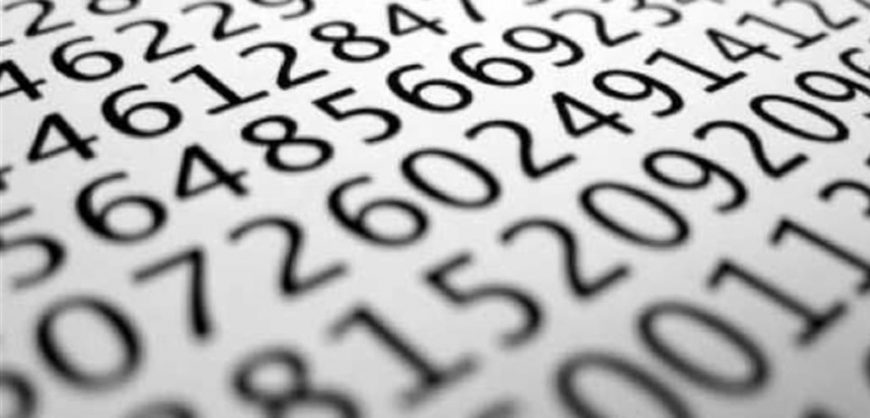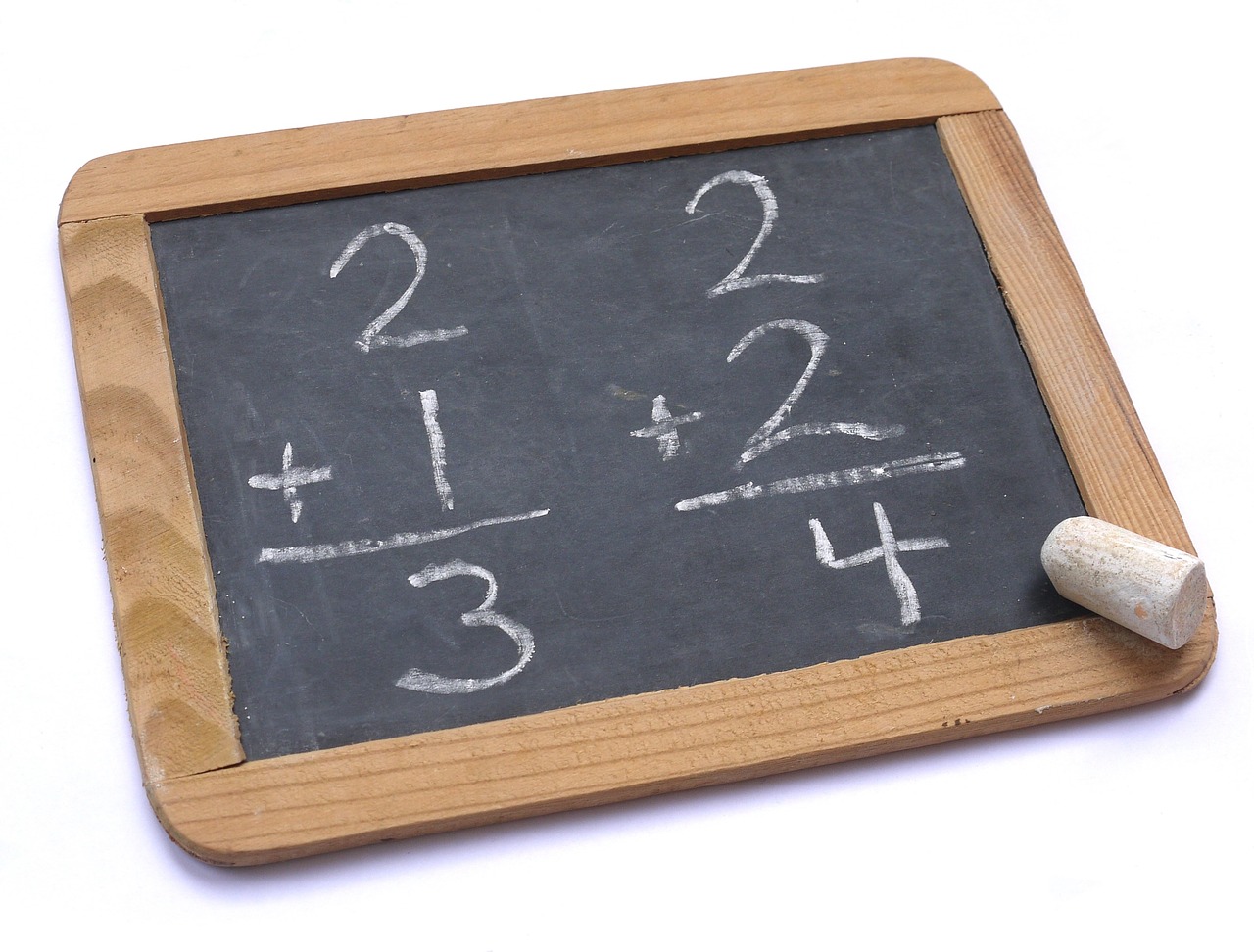Antoine Chambert-Loir’s initiation into one of math’s oldest secret societies began with a phone call. “They told me Bourbaki would like me to come and see if I’d work with them,” he said.
Chambert-Loir accepted, and for a week in September 2001 he spent seven hours a day reading math texts out loud and discussing them with the members of the group, whose identities are unknown to the rest of the world.
He was never officially asked to join, but on the last day he was given a long-term task — to finish a manuscript the group had been working on since 1975. When Chambert-Loir later received a report on the meeting he saw that he was listed as a “membrifié,” indicating he was part of the group. Ever since, he’s helped advance an almost Sisyphean tradition of math writing that predates World War II.
The group is known as “Nicolas Bourbaki” and is usually referred to as just Bourbaki. The name is a collective pseudonym borrowed from a real-life 19th-century French general who never had anything to do with mathematics. It’s unclear why they chose the name, though it may have originated in a prank played by the founding mathematicians as undergraduates at the École Normale Supérieure (ENS) in Paris.
Jerusalem Post: Turkey tries insulting Egypt, Greece in imaginary maritime deal – Analysis
Take notes: 36 crazy ways to cook eggs (video)
“There was some custom to play pranks on first-years, and one of those pranks was to pretend that some General Bourbaki would arrive and visit the school and maybe give a totally obscure talk about mathematics,” said Chambert-Loir, a mathematician at the University of Paris who has acted as a spokesperson for the group and is its one publicly identified member.
Bourbaki began in 1934, the initiative of a small number of recent ENS alumni. Many of them were among the best mathematicians of their generation. But as they surveyed their field, they saw a problem. The exact nature of that problem is also the subject of myth.
Read more: Quanta Magazine








































